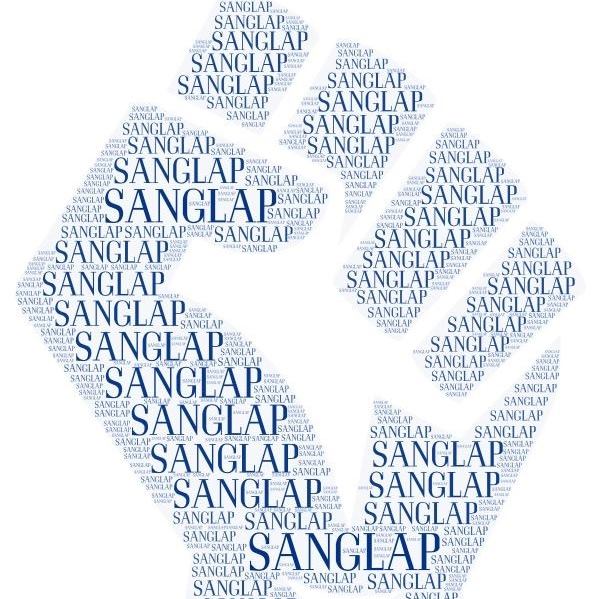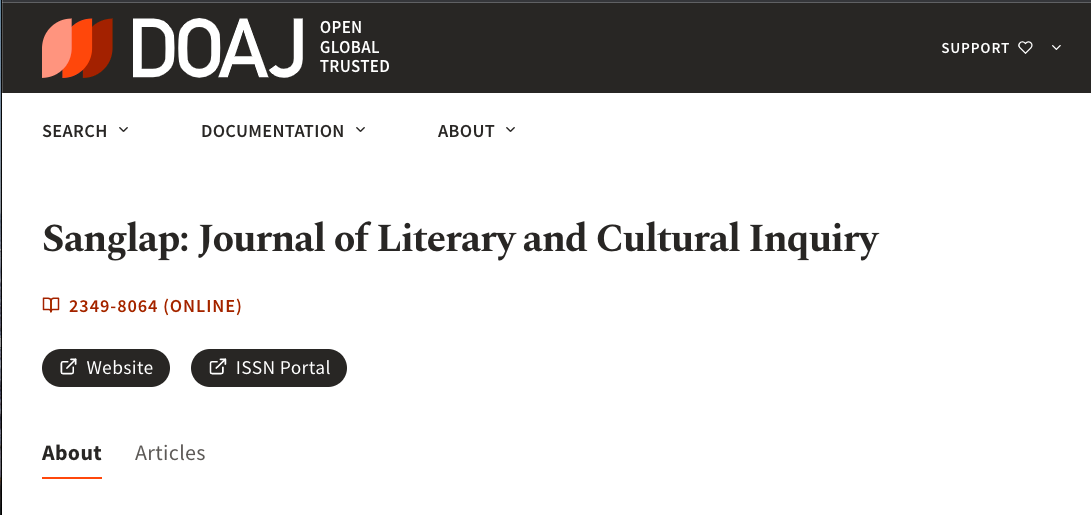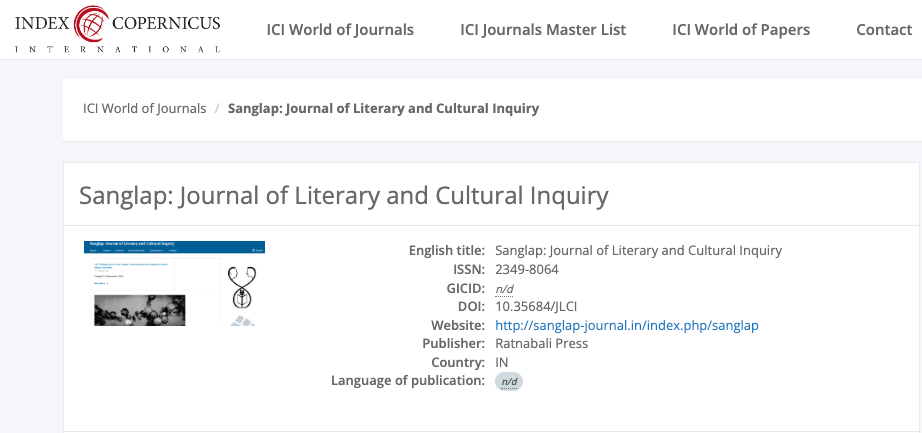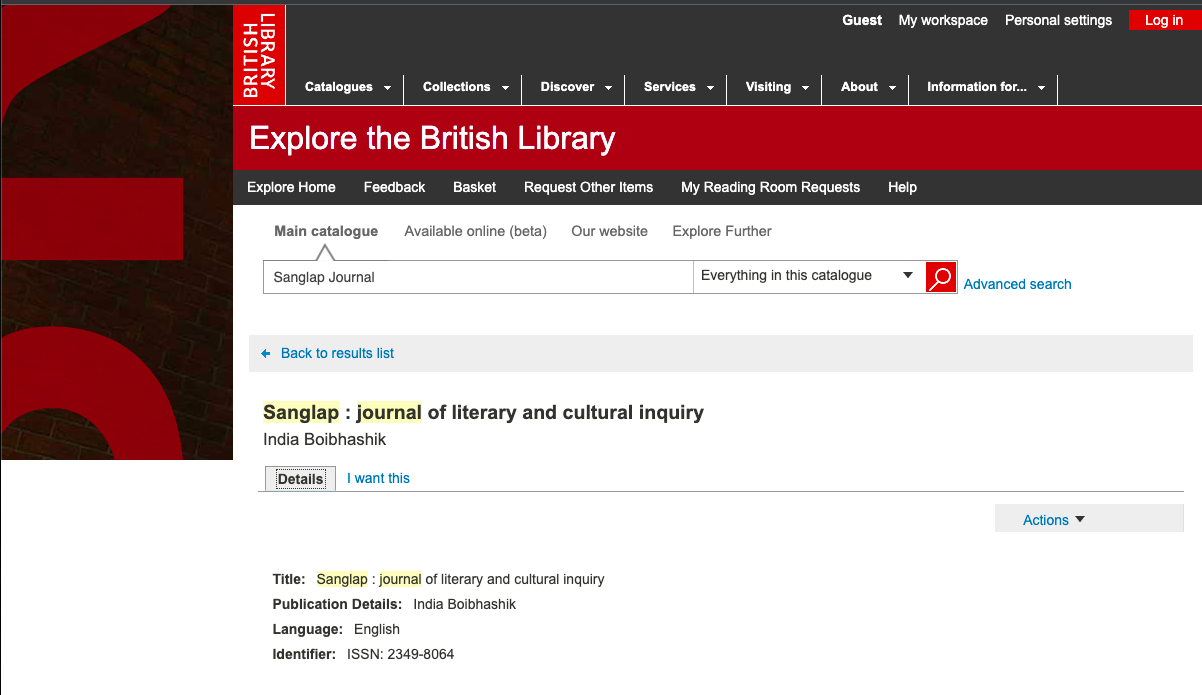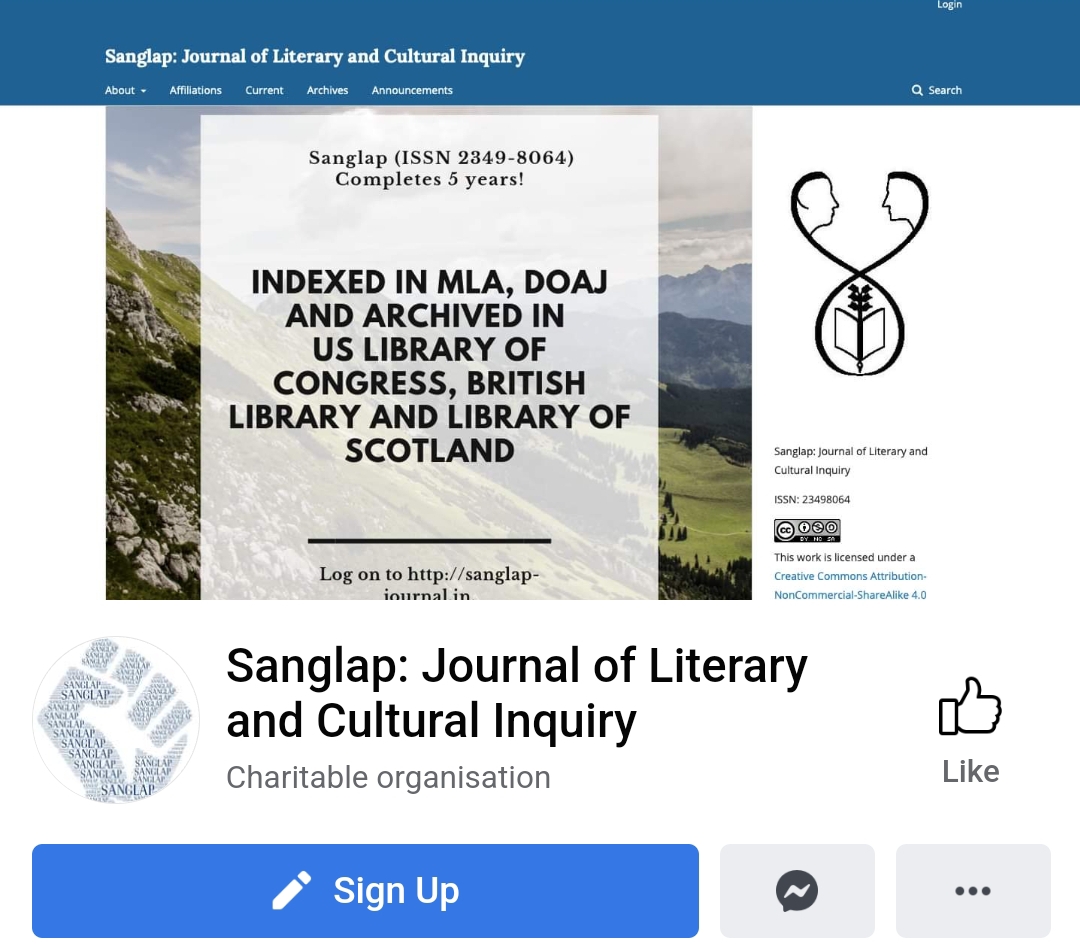Dance Movement Therapy and Kathak in India
DOI:
https://doi.org/10.35684/JLCI.2022.8206Keywords:
DMT, Kathak, Therapy, Body, HealingAbstract
Developed in the 1940s America, Dance Movement Therapy is an innovative model that focuses on body movements, expressions, and gestures as helping factors to construe individual emotions and feelings. Originated in northern India and characterised by its special fast footwork (tatkar), hand gestures (hasta-mudra), and fast circular rounds or pirouettes (chakkars), the Indian classical dance form kathak has turned therapeutic with due course of time by implementing its movements for healing purposes. India, in the last few decades, has solemnised several DMT models which function individually for individual healing purposes without its linkage to Indian classical dance forms. The sampoornata DMT model of Kolkata Sanved (KS) is one such model which works towards healing, recovery, and empowerment for rehabilitation of the violence survivors, particularly from trafficking. The discussion of the model aims to bring out the institutionalisation of DMT in India for individual well-being and empowerment. The discussion built around kathak reflects upon the shift in its practice from traditional conventions to its contemporary linkage to therapeutic interventions. Drawing from a serious analysis of existing scholarships made in the areas of DMT in India and dance discourses that focus on Indian classical dances for their therapeutic values, the paper presents two chief arguments. First, established DMT in India confirms that the institutionalisation of kathak as therapy is weaker against the institutionalisation of DMT models for therapy. Second, the DMT approach to kathak attempts to highlight that kathak, with chief features of DMT, can serve as a strong method for psychosomatic and emotional healing.





